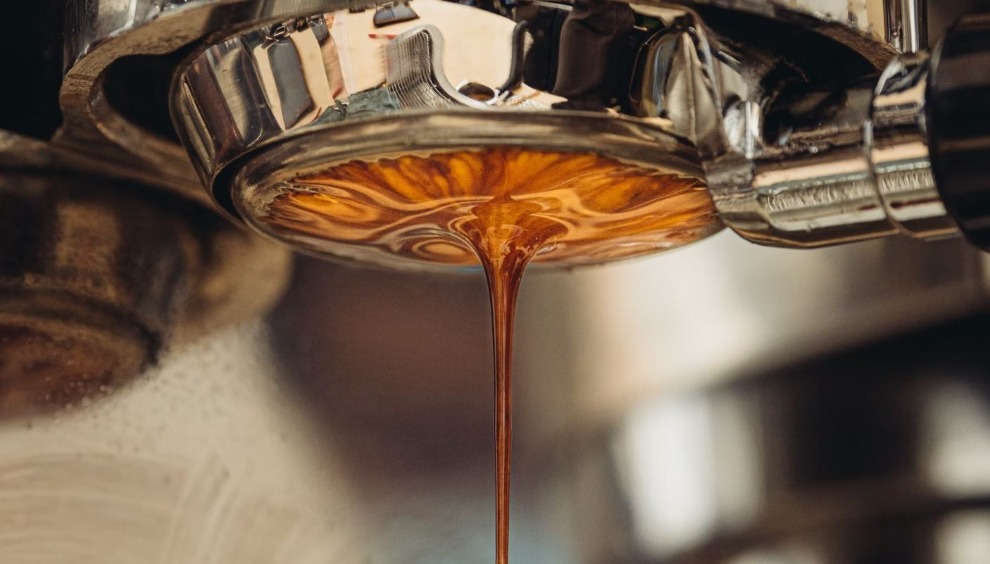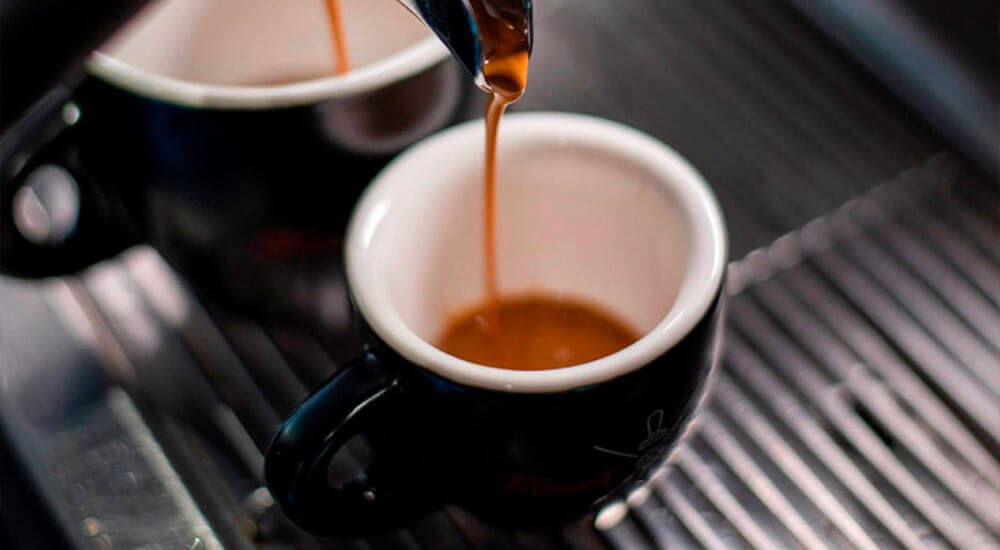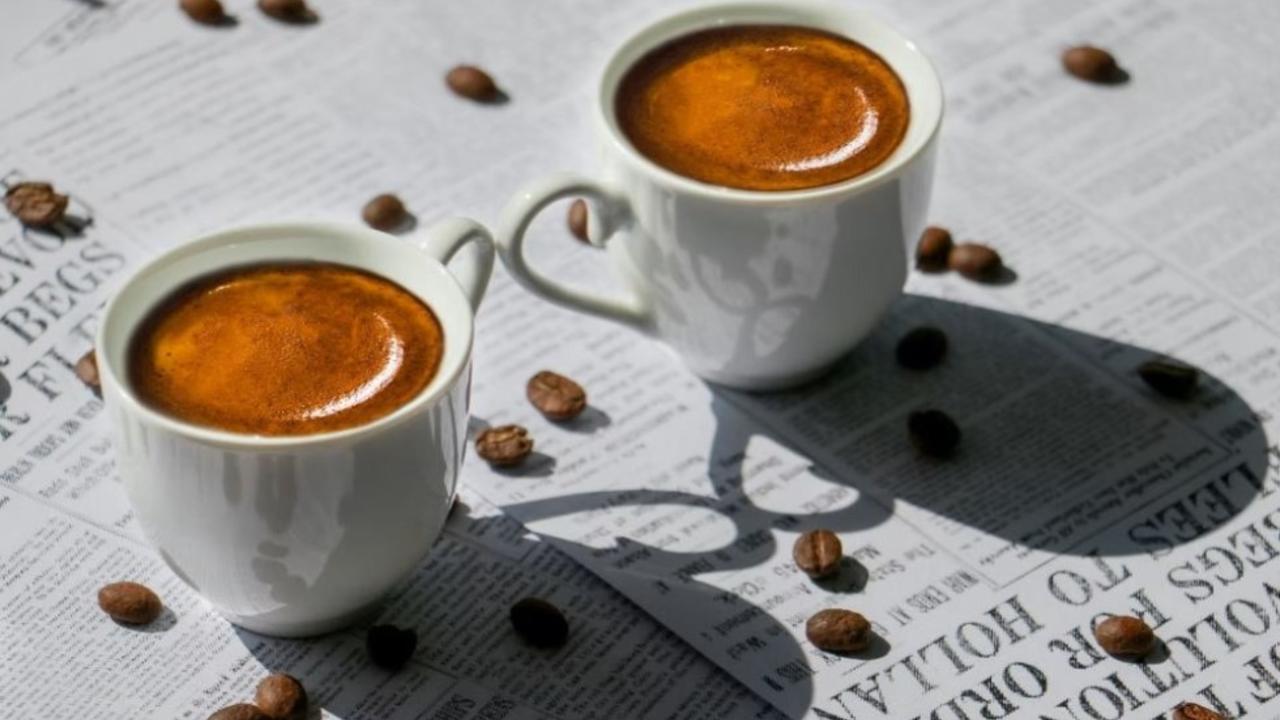For some, a morning espresso is the only way to start their day. But what if it all goes wrong? Sipping on a sour espresso is the stuff of nightmares and will get you running back to your cafe in no time.
There are a multitude of reasons why you might find your espresso too sour, and the problem can be easily avoided (along with sour-faced customers). There are some very simple fixes!
Why your espresso tastes sour: 6 reasons
We have for you the 6 top reasons behind your sour espresso. Plus, our 6 tips to avoid it in the future...
1. Over-extraction

Over-extraction is when the coffee beans are overcooked in the espresso machine, leaving a very sour, burnt taste. This is a common problem for baristas and could be the root of your sour espresso issue. Espressos are temperamental and need care and attention for them to behave well, not unlike a needy child...
The coffee bean is naturally coated in tannic acid, which is used to ward off pesky insects from eating it. Under high temperatures and pressure, this acid can end up in your espresso and make the espresso taste sour. An espresso brew should last no longer than 25 seconds at around 92°C with 9-14 bar of pressure, depending on machine. Any higher or longer, then this acid will be responsible for giving your espresso a sour taste.
This also affects the espresso's famous crema. A pale, blonde, bubbly crema will form on top of the espresso, rather than a delicious dark brown crema. This is your first indicator that something's wrong, without even tasting it.
So when it comes to espressos, remember that blondes don't have more fun. (Just like a blonde Bulletproof coffee!)
2. Under-extraction

Ever wondered why your espresso tastes sour? Another example of poor execution, is an under-extracted espresso. This where the water has run through the coffee grounds too fast without extracting any of its lovely, flavoursome oils. Consequently, you'll be left with an underwhelming, very watery, body-less espresso (terrible for coffee cupping too). Yuck!
There are a few reasons behind this, which include a poor grind, bad water-coffee ratio and weak tamping. Luckily for you, these are all quite simple fixes, so listen up...
Too avoid a sour espresso in this case, ensure the coffee grind is fine and not coarse, there's enough coffee in the portafilter and the coffee grounds are well pressed down with a coffee tamper. Follow this advice and under-extraction won't be the cause of your espresso tasting sour.
3. Poor grind

An espresso requires a finely ground coffee bean. A coarse grind, fit for a cold brew coffee, is the perfect way to ruin an espresso.
If the coffee beans are ground too coarsely, then the water flows too easily between the coffee grounds, giving you a weak, watery espresso. Avoiding this simply means grinding the coffee beans finely. But not too much! You can also ruin an espresso by using too finely ground coffee beans, so pay attention.
Nobody said espressos were easy...
4. Dirty equipment

This is a general rule for all coffees and pieces of equipment, but especially the case for an espresso as they're temperamental little devils. The formula is quite simple, however:
dirty equipment = bad espresso
Unwanted build ups of coffee residue can easily make their way into your espresso, if the machine isn't cleaned correctly. It may not seem like a massive issue but you'd be wrong. Not only is it really gross, but it will give you a sour espresso shot. Essentially, you'll be giving your customers a tiny cup of mud for their morning commute. Not ideal.
Additionally, ensure the espresso machine is working well. Check the temperature and the pressure, as these are especially key to a good espresso. A lower temperature or pressure level can lead to a sour situation. Give the espresso machine a 'once over' to ensure you can't blame your tools for a sour espresso.
5. Bad coffee beans

Next up, we're talking beans. And we mean good, quality coffee beans.
Unfortunately, a coffee bean's quality may only be discovered by tasting it. So, if the coffee bean is poor quality or stale, it can be an unwanted surprise for the drinker.
A sour espresso means your should experiment and try different coffee beans. Coffee beans, especially for an espresso, can be made during coffee roasting, so look out for those options for the ideal coffee taste.
Don't underestimate the power of the bean!
6. PH imbalanced water

The final source of a sour espresso could well be the what makes up 99% of it... the water.
Water has different dissolved chemicals present which can make it slightly more acidic or alkaline. Naturally water has a pH value of 7 (neutral), however, with these naturally occurring chemicals, the pH value can be anywhere rom 6.5 to 9, depending on where you are in the world.
Major world coffee events suggest water with a pH value of 7-8 to be the best for espresso. Testing the water yourself is super easy, all you'll need is some litmus paper. However, if you need to change the water's pH value, it will require some more work.
Special types of equipment that regulate the pH value of the water or alkaline powders are your best bet here. This part will be down to your preferences in cost and convenience, so be sure to do your research.
And that's it! Now go and save yourself from sour espressos!
What's the perfect espresso?

An espresso is the smallest coffee around, consumable in just a few sips. It has a rich, deep, intense flavour, with a smooth body to complement it. To top it off, the perfect espresso comes with a dark brown crema floating on top, marked as a sign of quality. Learn how to become a barista and perfect the perfect espresso easily!
Discover how to perfect other coffees and become a professional barista with our barista training course...

